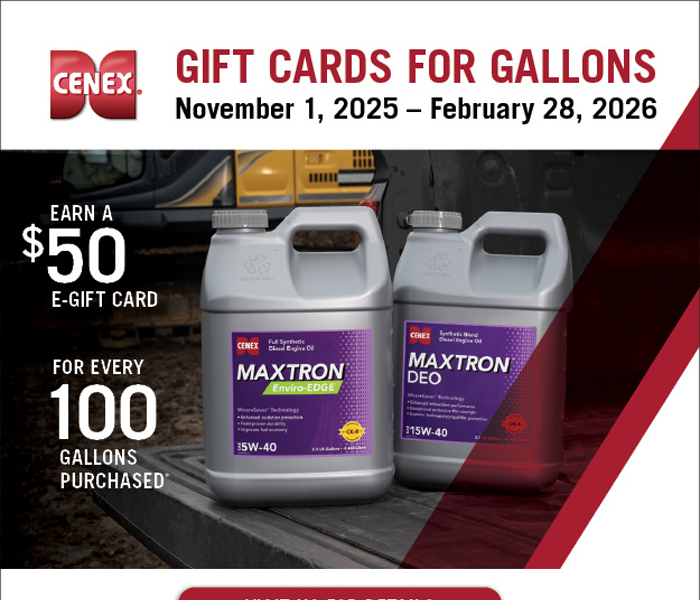Premier Co-op

December Energy News
I hope you were able to enjoy Thanksgiving with family and friends. And I hope you’ve recovered from your food coma. For the 10 of you (including my mom) who read my newslett...

After your corn crop gets to emergence and the weather conditions are cooperating, it develops rapidly, completing a growth stage approximately every three days. By the V5 stage, corn plants have put on significant root mass, making it an ideal time to focus on plant nutrition and stress reduction to maximize yields. Let’s take a look at 4 early-season management strategies to support your developing crop and maximize your return per acre.
Promote Healthy Roots
At V5, the below ground root mass is exploring the surrounding soil to take up the vital nutrients and moisture it needs to continue its rapid development. Promoting root expansion during this time sets your crop up for more effective nutrient uptake later in the season. Including an effective plant growth regulator (PGR) like Ascend SL® with herbicide or nutrient applications at V5 increases the auxin levels in a corn plant to help stimulate more rapid cell division in the roots and leaves. That not only increases the root mass but also increases the leaf area to optimize photosynthesis efficiency. To maximize the positive effects of Ascend SL PGR, it should be applied to crops with adequate crop nutrition.
Find Hidden Plant Hungers
The V5 growth stage is an excellent time to take tissue samples to identify nutrient deficiencies in your crop. Early-season tissue sampling allows time to plan in-season nutrient amendments if needed, but I don’t recommend taking samples any earlier than V4. To get the most accurate results, take tissue samples when the plant isn’t stressed by cold or hot weather. Tissue tests have a 4 to 6 day turnaround time so work with your Premier agronomist well in advance to request a test to be ready for you to take action if needed.
Fine-tune Nitrogen Rates
Two ways to help you make the most of your in-season nitrogen application needs are to utilize a pre-sidedress nitrogen test (PSNT) and response to nitrogen (RTN) scores of your seed. For help with both, your Premier agronomist can make arrangements to get the PSNT test done and for the hybrid RTN scores, Winfield provides our agronomists with a comprehensive collection of data. We find hybrids rated with a high RTN score are most likely to benefit from a split application and at a higher rate than those with a lower RTN. Hybrids with a high response to nitrogen generally also have a high response to fungicides, so it’s important to plan for a fungicide application on those genetics later in the season to maximize the effect of your side-dressed nitrogen application.
Prioritize Crop Nutrition
Prioritizing crop nutrition at V5 is critical for a couple of reasons. First, the corn crop’s nutritional status at V5 often impacts the ear girth, which is determined starting at the V7 growth stage. From your tissue test you can look for nutrient deficiencies and act on correcting them. If done after V7, recovery is not likely and the deficiencies will impact yield potential. Second, at V5, the waxy plates on a corn leaf start to pull apart as leaves elongate. This provides a timely opportunity to get foliar nutrients into a plant effectively and efficiently.
Applying a foliar application of MAX-IN® Ultra ZMB® fertilizer with a side-dress or herbicide application at V5 provides a corn crop with critical zinc, manganese and boron nutrients that are commonly deficient early in the season. MAX-IN Ultra ZMB fertilizer is synergistic with Ascend SL PGR, as the extra zinc helps promote auxin development and more cell division in roots and leaves. Pairing these two products at V5 helps set the crop up for season-long success.
The V5 growth stage will be here before you know it, so use these tips to plan a management strategy that supports season-long success. For more information about products that are a good fit for your acres, contact your Premier Cooperative agronomist or Agronomy Center.
